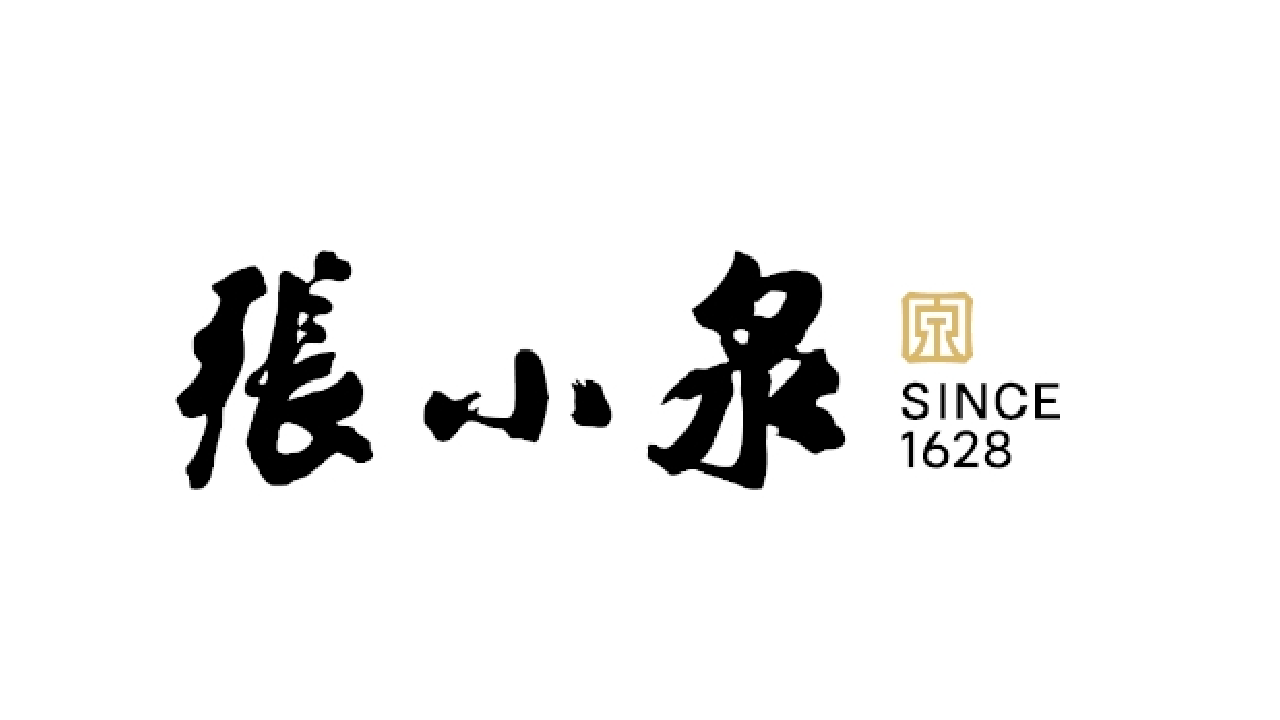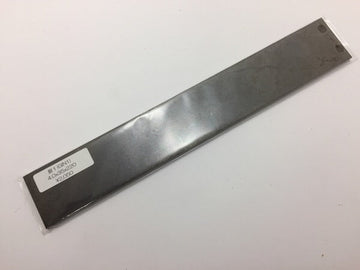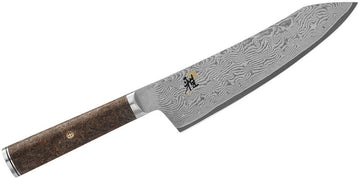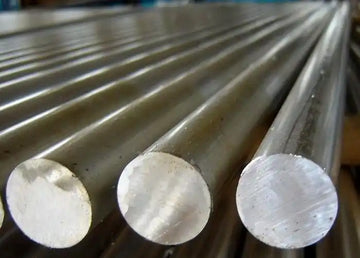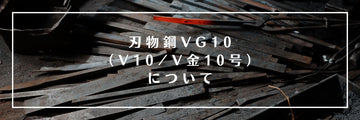In the world of kitchen knives, Silver Steel #1 (also called Ginsan #1) is like that friend who doesn't mind the rain. While other steels worry about rust and stains, Silver Steel #1 keeps working without complaint. Made by Hitachi Metals in Japan, this steel isn't as famous as its relative Silver Steel #3, but it has special talents that make it perfect for certain kitchen jobs.
What This Steel Is Made Of
Silver Steel #1 contains elements that help it resist rust better than almost any other knife steel:
- Carbon: 0.80-0.90% - Just enough to make it hard, but not so much that it becomes brittle
- Chromium: 15-17% - A lot more than the 12% needed to be called "stainless," creating a strong shield against rust
- Molybdenum: 0.30-0.50% - Helps fight against pitting when the knife touches salty foods
- Manganese: 0.45-0.75% - Makes the steel easier to harden during manufacturing
Think of Silver Steel #1 as wearing a raincoat and boots while other steels just have an umbrella. It's prepared for the worst conditions a kitchen can throw at it.
How It Performs In The Kitchen
Never Worries About Rust
The most impressive thing about Silver Steel #1 is how it ignores rust. The high chromium content (15-17%) creates an invisible shield on the steel's surface. This shield stands up to acidic foods like lemons and tomatoes, and even handles salty seafood without complaint.

The added molybdenum makes it even more resistant to spots and stains. You could leave this knife wet for longer than you should (though I don't recommend it), and it would forgive you more readily than other steels.
One chef told me, "I left my Silver Steel #1 knife in a sink of water overnight by accident. Any other knife would have spotted or rusted, but this one just needed a quick wipe."
Cutting Performance
Silver Steel #1 reaches about 57+ HRC on the hardness scale. This isn't as hard as some premium steels, but it's plenty hard enough for most kitchen tasks. It stays sharp through about 6-8 hours of regular cooking before needing a touch-up on the stones.
You won't get the razor-like edge that very hard steels can achieve, but you get something perhaps more valuable for everyday cooking: reliability. It cuts well enough for most tasks and doesn't chip easily if you accidentally hit a bone or drop it.
It's like having a car that isn't the fastest but never breaks down – there's real value in that dependability.
Easy To Sharpen
Silver Steel #1 sharpens nicely on regular whetstones. You can use stones between 1,000 and 3,000 grit and get good results. The edge won't get as refined as harder steels, but it comes back quickly when it dulls.
A home cook once told me, "I'm not very skilled at sharpening, but my Silver Steel #1 knife always seems to come back to life with just a few passes on my stone."
Where This Steel Works Best
Perfect For Seafood Preparation
If you work with fish and seafood regularly, Silver Steel #1 might be your best friend. The high chromium and molybdenum content fight against the corrosive effects of salt water and fish juices.
Fish preparation knives like deba (for butchering fish) and Yanagi ba (for slicing sashimi) made from this steel can handle hours of seafood work without spotting or staining.
Good For Humid Environments
Do you live near the coast or in a humid climate? Silver Steel #1 doesn't mind the moisture in the air that can quickly rust other knives. For cooks in places like Florida, Hawaii, or Southeast Asia, this steel offers peace of mind.
Perfect For Low-Maintenance Cooks
If you don't want to worry about wiping and drying your knife after each use, or if you have family members who might not take perfect care of kitchen tools, Silver Steel #1 is very forgiving. You can even put it in the dishwasher occasionally (though hand washing is still better for the edge).
How It Compares To Other Steels
Silver Steel #1 vs. Silver Steel #3
Silver Steel #1 has less carbon (0.80-0.90%) than Silver Steel #3 (0.95-1.10%) but more chromium (15-17% vs. 13-14.5%). This makes Silver Steel #1 more resistant to rust but less able to hold a super sharp edge. Silver Steel #1 reaches about 57+ HRC hardness, while Silver Steel #3 hits 59+ HRC.
If corrosion resistance matters more to you than having the sharpest possible edge, Silver Steel #1 is the better choice.
Silver Steel #1 vs. VG-10
Both steels contain similar amounts of chromium (around 15%), but VG-10 has more carbon (1.0%) and adds elements like vanadium that Silver Steel #1 doesn't have. VG-10 can get harder (60-62 HRC) and hold a sharper edge longer, but Silver Steel #1 is tougher and less likely to chip.
Think of VG-10 as a sports car and Silver Steel #1 as a reliable SUV – they serve different purposes, with the SUV being more forgiving on rough roads.
Who Should Use This Steel
Silver Steel #1 is perfect for:
- People who live in humid, coastal environments
- Cooks who work extensively with seafood
- Home cooks who want low-maintenance knives
- Anyone who worries about rust or staining
- Beginners who might not follow perfect knife care
A knife maker once told me, "I recommend Silver Steel #1 to customers who want a good knife but don't want to worry about babying it. It's like a good work shirt – it performs well but can handle some neglect."
Final Thoughts
Silver Steel #1 isn't the most famous kitchen knife steel, and it won't win awards for the absolute sharpest edge. What it offers instead is freedom from worry – a good enough edge on a knife that resists rust better than almost anything else available.
In a world where many knife enthusiasts chase the ultimate cutting performance, Silver Steel #1 reminds us that practicality matters too. Not everyone wants to wipe their knife after every single cut or oil it weekly. Some people just want to cook without worry, and for them, this steel is nearly perfect.
As one veteran chef put it, "In my home kitchen, where I'm not trying to impress anyone, my Silver Steel #1 knife is what I reach for most often. It's simply the one I never have to think about."
FAQs
What is silver steel #1?
Silver steel #1 (also called Ginsan 1 or G1) is a Japanese stainless steel with 1% carbon and 13-15% chromium. It's known for good edge retention and corrosion resistance.
Is silver 1 steel good?
Yes, Silver 1 steel is good. It offers excellent edge retention, ease of sharpening, and decent corrosion resistance, making it popular for quality knives.
What grade is silver steel?
Silver steel is typically G1 (Ginsan 1) or G3 (Ginsan 3) grade, which are different formulations of Japanese stainless steel with varying carbon and chromium content.
Is silver steel #1 rust resistant?
Yes, silver steel #1 is rust resistant due to its 13-15% chromium content, qualifying it as a stainless steel. However, it still requires proper care to prevent rust.
What is the difference between silver steel #1 and silver steel #3?
Silver steel #1 has higher carbon content (around 1%) than silver steel #3 (around 0.7%), giving #1 better edge retention while #3 offers slightly better corrosion resistance.
Is silver 1 steel good for kitchen knives?
Yes, Silver 1 steel is excellent for kitchen knives. It holds a sharp edge well, has good stain resistance, and is easier to sharpen than many other stainless steels.
Is Ginsan 1 better than VG-10?
Neither is strictly "better." Ginsan 1 is easier to sharpen and more forgiving, while VG-10 has slightly better edge retention. The choice depends on user preference and knife usage.
How hard is silver steel #1?
Silver steel #1 typically achieves a hardness of 57+ HRC (Rockwell hardness scale), making it hard enough for excellent edge retention while remaining tough.
Does silver steel #1 require special maintenance?
While more forgiving than carbon steel, silver steel #1 still benefits from hand washing, immediate drying, and occasional oiling to maintain its performance and appearance.
How does silver steel #1 compare to carbon steel?
Silver steel #1 offers better corrosion resistance than carbon steel but slightly less edge retention. It's a good middle ground between pure carbon steel and more stainless options.
